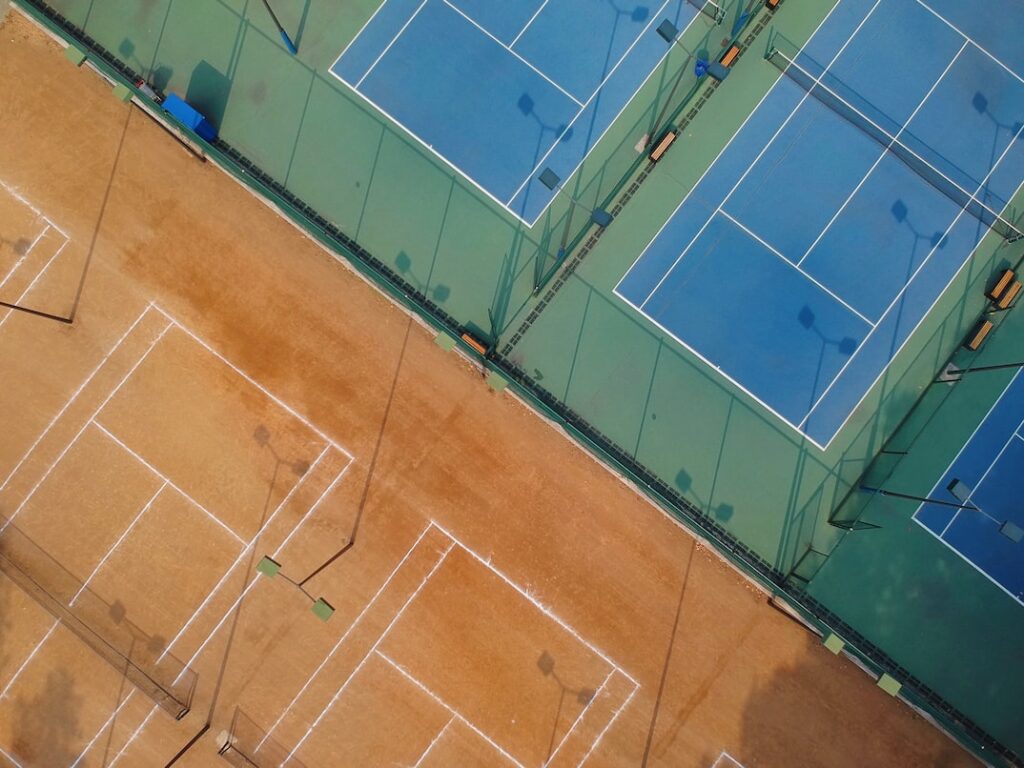International Padel Terminology: Recognizing Regional Differences in Terminology
3 min read
International Padel Terminology: Recognizing Regional Differences in Terminology
Greetings, fellow padel enthusiasts! Today, we embark on an exciting journey through the vast and diverse world of international padel terminology. Just like any other sport, padel has its own unique set of terms and phrases that can differ from country to country. It’s important to recognize these regional differences in padel terminology to avoid any miscommunication and truly understand the game on a global level!
Breaking Down the Walls: Learning the Common Terms
Before delving into the regional jargon, let’s establish a solid foundation by understanding the common padel terms that are universally used across different countries. If you’re new to the sport, learning these basic terms will help you make sense of the more intricate regional variations.
1. Padel: Of course, we can’t talk about padel terminology without mentioning the word itself. Originating from Mexican Spanish, the word “padel” stands for a dynamic and fast-paced racquet sport played on an enclosed court.
2. Racket/Raquet: Whether you spell it with a “c” or a “q,” the padel racket is your trusty tool for striking the ball during gameplay. Choosing the right racket is crucial for unlocking your full potential on the court.
3. Court: The padel court is where all the magic happens. Enclosed by glass walls and surrounded by spectator-friendly landscaping, it’s the perfect arena for showcasing your skills.
4. Game, Set, Match: Just like in tennis, padel comprises games, sets, and matches. A game is won when a team reaches four points, a set typically consists of six games, and a match is won by triumphing in a specified number of sets.
¡Hola, Amigos! The Spanish Influence
When it comes to padel terminology, we must pay homage to its roots in Spain. Spanish-speaking countries have their own unique vocabulary that has become widely adopted in the padel community worldwide. Here are some popular Spanish padel terms you might encounter:
1. Pista: While many refer to it as a court, the Spanish term “pista” is often used to describe the playing area.
2. Chiquita (Little One): Ah, the chiquita, a cheeky shot that involves hitting the ball softly to make it bounce off the side wall, just a tad above the net. It’s a tricky move that can catch your opponents off guard.
3. Vibora (Viper): This powerful and deceptive shot resembles the movement of a snake, hence its name. It involves a wrist flick to hit the ball from low to high, generating a sharp angle that can leave your opponents dumbfounded!
Vamos! Discovering Padel Terminology Around the World
Now, let’s break free from the Spanish influence and explore how different countries have put their own spin on padel terminology. It’s fascinating to witness how the game has evolved in various regions and how their unique terminology reflects their interpretation of the sport.
1. Setenta (Seventy): In Argentina, you might hear this term when someone refers to hitting the ball on the side of the court at a 45-degree angle. It seems they’ve discovered a mathematical connection between the angle and the number seventy!
2. Massa (Too Much): If you find yourself in Italy, you may hear players using this term to describe a shot that quickly hits the front wall and barely misses the side walls before bouncing back into the court. It’s a shot that’s just “too much” for your opponents to handle!
3. Mille (Thousand): Get ready to travel to France, where the term “mille” is used when a shot bounces off the side screen before hitting the ground. It’s as if the ball takes a detour on its way to the court, leading to some creative shot selections.
Conclusion: Embrace the Multitude of Padel Terms
As we conclude our journey through the mesmerizing world of international padel terminology, we realize that there’s so much more to uncover. Each country brings its own linguistic flavor to the game, adding depth and diversity to our padel vocabulary.
So, the next time you step onto a padel court, immerse yourself in the global spirit of the sport. Embrace the various padel terms from around the world, and don’t hesitate to ask for clarification if something sounds unfamiliar. After all, understanding the unique terminology of this magnificent sport is the key to celebrating its global reach and fostering meaningful connections with fellow padel enthusiasts across borders!







